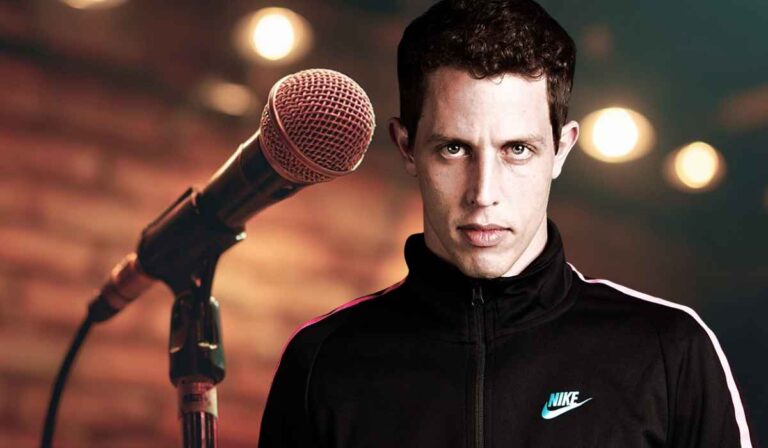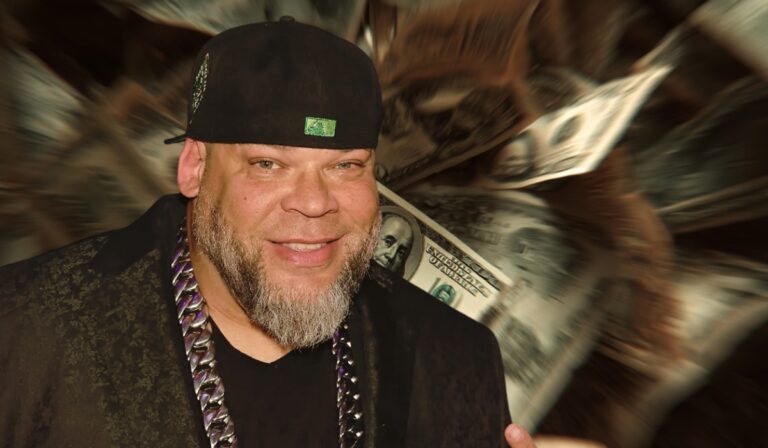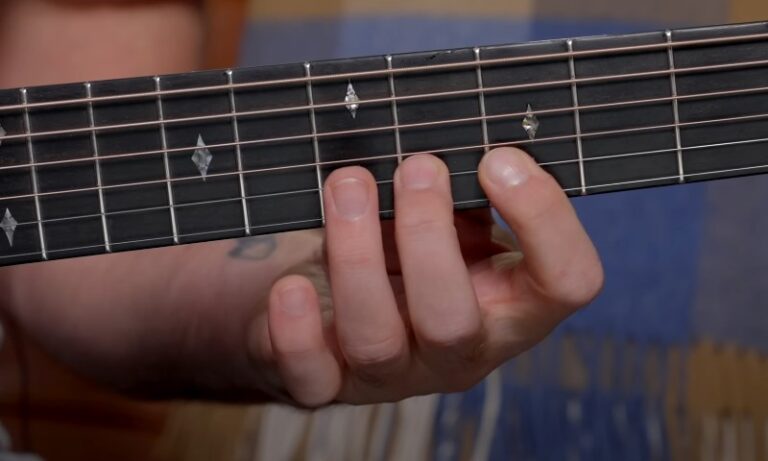Arcade music shaped an entire era of gaming culture, etching itself into memory with pixel-perfect melodies and infectious rhythms. Catchy beats and chiptune loops blasted out of buzzing cabinets, turning every quarter-fed session into a mini concert.
Blending energetic tempos with the quirks of analog sound chips created audio signatures impossible to forget.
The tracks ahead aren’t simply nostalgic artifacts. They’re still alive in memes, symphonies, and Spotify playlists. Each one pulses with the echoes of joystick clicks and flashing screens.
Let us talk about the top nostalgic arcade game songs we remember and we will always remember.
1. Super Mario Bros. – Ground Theme (1985)
Koji Kondo crafted a tune that signals “Mario” before the name even comes to mind.
Blasting out of NES consoles and arcade cabinets like PlayChoice-10, it quickly rose to iconic status within gaming and pop culture.
No other 8-bit track creates instant recognition quite like this one. Within two seconds, minds lock into rhythm. Each note syncs perfectly with Mario’s hops, pipe entries, and Goomba dodges, planting itself into memory.
Its influence continues to resonate across media and generations.
A wide range of reinterpretations has kept the Ground Theme circulating far beyond its original platform:
- Beatbox renditions that highlight its catchy tempo
- Orchestral performances featured in game music concerts worldwide
- EDM remixes pulsing in YouTube compilations and live DJ sets
- Phone ringtones chosen by gamers and non-gamers alike
Even those unfamiliar with controllers or consoles can hum it without hesitation — a melody so persistent, it practically lives rent-free in pop culture.
2. Tetris – Type A (Korobeiniki) (1989)
Tetris delivered one of the most instantly recognizable tunes ever pressed into silicon. Based on the 19th-century Russian folk melody “Korobeiniki,” the Type A theme became a hypnotic anthem, looping endlessly with a kind of elegant math.
Composer Hirokazu Tanaka didn’t just adapt a folk song, he transformed it into a symbol of puzzle game obsession.
Arcade cabinets and Game Boys alike pulsed with its relentless tempo, linking the track forever with falling blocks and rising panic.
Players could feel the tension mount with each measure. As the game accelerated, so did the sensation that the music was breathing with it. Its use of staccato melodies and loop structure blurred the line between background track and central gameplay mechanic.
Key features that contributed to its memorability include:
- Rhythmic loop structure that mirrored the gameplay’s repetitive and accelerating nature.
- Simple yet hypnotic melody based on a pre-existing tune, instantly recognizable.
- 8-bit instrumentation was designed for hardware limitations, which paradoxically gave it a sharper edge.
- Cultural familiarity for Russian players and novelty for international ones.
Even decades later, the theme hasn’t faded into obscurity. Casino gaming machines, mobile puzzle apps, and symphonic performances still pay tribute. If you want to check how this melody sounds at online casinos, you can find it at https://casinosanalyzer.com/free-spins-no-deposit/for-existing-players.
Some orchestras perform it with full brass sections, treating it with the same respect as classical repertoire.
YouTube mashups, EDM remixes, and metal covers also extend its reach to new audiences.
3. The Legend of Zelda – Overworld Theme (1986)
Koji Kondo didn’t just write music; he created adventure with sound.
The Overworld Theme drove Link’s earliest trek into Hyrule and resonated through Nintendo’s Vs. System arcade units marry curiosity with melody. Every note carries weight, suggesting both courage and danger with 8-bit flair.
Few pieces capture movement so effortlessly. Players felt pulled forward, motivated by nothing more than square waves and imagination.
Every generation of gamers since 1986 has heard that tune in some form. It’s been polished, remixed, expanded, but never replaced.
Why it endures:
- Featured in nearly every Zelda installment since.
- Performed by global orchestras in sold-out concerts.
- Recognized instantly across gaming and music communities.
- Inspires countless covers, chiptune, orchestral, and even jazz.
4. Street Fighter II – Guile’s Theme (1991)
Yoko Shimomura brought heat with Guile’s Theme. Known as one of the most energetic tracks in arcade history, it turned head-to-head matches into cinematic showdowns.
Loud cabinets, shouting crowds, and pixelated punches found perfect accompaniment in its fierce brass stabs and electric momentum.
Every kick and flash kick felt bigger with this theme thundering in the background. It didn’t just support gameplay, it elevated it.
What made it iconic:
- High-energy tempo that aligns with rapid combat.
- Memetic afterlife as “Guile’s Theme Goes with Everything.”
- Spurred remixes spanning funk, rock, EDM, and more.
- Still used in eSports highlight reels and fan videos.
Decades later, it’s more than a soundtrack — it’s a cultural signal for intensity, hype, and raw coolness.
5. Sonic the Hedgehog 2 – Chemical Plant Zone (1992)
Masato Nakamura delivered sonic velocity in audio form. Chemical Plant Zone kicks off with immediate urgency, tossing players into a high-speed maze of neon tubes and deadly goo.
Played through the Sega Genesis and arcade systems like Mega-Tech, it felt like techno lightning.
Every note matched Sonic’s acceleration. The layered composition mimicked factory chaos, precise, robotic, and fast.
Why fans love it:
- Breakneck pace matching Sonic’s gameplay style.
- Futuristic synth patterns echoing early 90s electronic music.
- Regularly revived in modern Sonic titles.
- Frequently covered across genres, metal, jazz, and vaporwave.
Few level themes push players forward with such kinetic energy.
6. Streets of Rage 2 – Dreamer (Stage 3) (1992)
Yuzo Koshiro blurred lines between game music and nightclub sets. Dreamer plays during Stage 3 of Streets of Rage 2 and might be the smoothest track in arcade history.
It starts with a cool synth intro, then dives into jazzy keys layered over pulsing bass, pure atmosphere.
Dreamer shaped how beat ‘em ups could sound. It wasn’t just about fists and kicks, it was mood, style, and groove.
Highlights that keep it alive:
- Combines jazz, ambient, and club music with mastery.
- Sets a chill yet energizing tone in the middle of a brutal game.
- Inspired live reinterpretations by cover bands and DJs.
- Celebrated as a peak example of early 90s game audio design.
Not many arcade songs invite players to nod their heads while knocking out thugs.
7. The Secret of Monkey Island – Opening Theme (1990)
Michael Land gave pixel pirates a musical soul. The opening theme to The Secret of Monkey Island paints mischief with every note.
Despite starting on PC, the game’s musical signature bled into arcade-style setups and SCUMM-based kiosks, where it quickly earned attention.
Steel drums mix with digital arpeggios in a way that’s both funny and thrilling.
One minute it feels like a swashbuckling adventure, the next like a punchline in melody form.
Why it continues to spark joy:
- Captures humor and whimsy in a pirate setting.
- Infused with Caribbean sounds rare in gaming at the time.
- Regularly sampled in remasters and podcast intros.
- Still considered one of the best point-and-click themes ever made.
8. Metal Slug – Mission Start / Stage Theme (1996)
Takushi Hiyamuta gave Metal Slug an explosive introduction with basslines that stomp and drumlines that charge.
Neo Geo arcades shook as “MISSION START!” launched into bombastic riffs that matched the screen’s chaos.
Every stage opened with a burst of confidence. The music doesn’t build tension slowly — it explodes alongside grenades and collapsing tanks.
Reasons it became an arcade staple:
- Features a perfect mix of funk, rock, and military-style percussion.
- Sets immediate urgency without overwhelming players.
- Still used in Metal Slug re-releases and remix albums.
- Continues to inspire synthwave and retro remix artists.
Game rooms everywhere knew what time it was the second those first snare rolls kicked in.
Summary
Arcade music never really left. Its legacy remains pressed into every memory of fluorescent-lit afternoons and late-night marathons.
Each track listed above hits a core emotional chord. They’re more than tunes — they’re the reason fingers tapped harder and hearts raced faster.
Drop your favorites in the comments. Some songs just never stop playing in the background of life.
Related Posts:
- 42 Most Famous Songs in A Minor Key - A Comprehensive List
- 10 Easy Taylor Swift Songs for Beginner Guitarists
- Wait, Haven’t I Heard This Before? Songs That Sound the Same
- 10 Memorable Songs in D Minor - From Classical to…
- 10 Of The GREATEST Instrumental Guitar Songs Of All Time!
- Top 10 Most Complex Guitar Songs Ever Recorded












